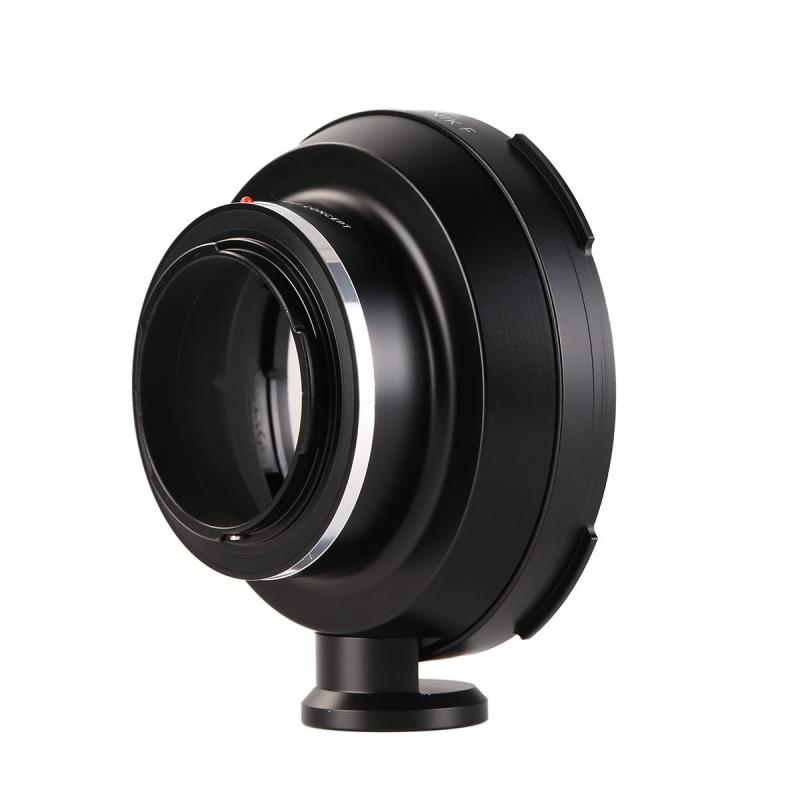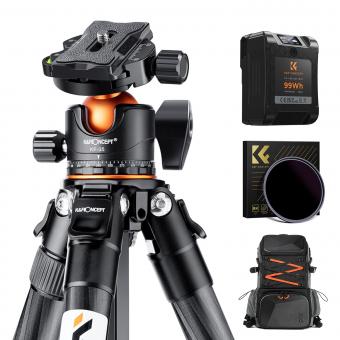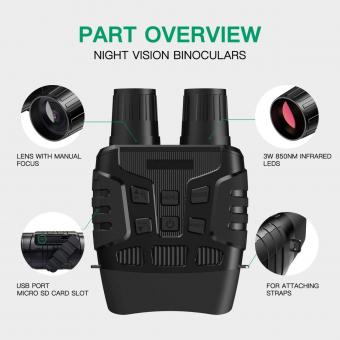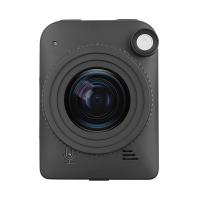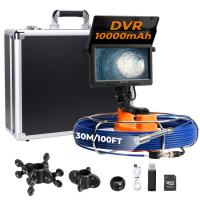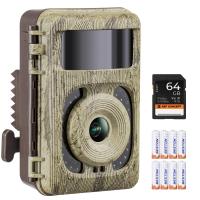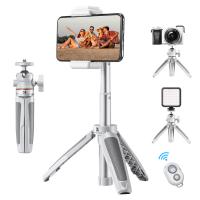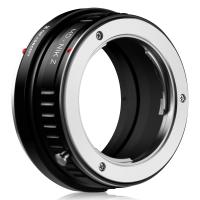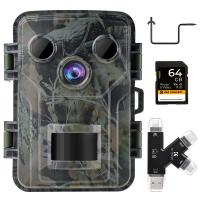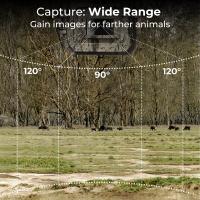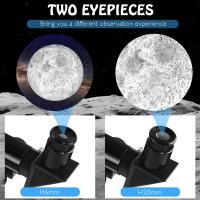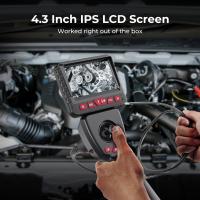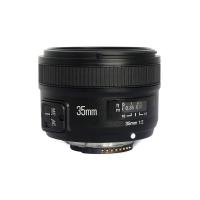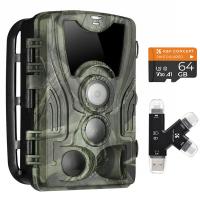How Does Tripod Work ?
A tripod is a three-legged stand used to support and stabilize various objects, typically a camera or a telescope. It works by distributing the weight of the object evenly across its three legs, providing a stable base. The legs of a tripod are usually adjustable in length, allowing the user to set the desired height and position. The tripod's central column or mounting plate is where the object is attached, and it can be adjusted to achieve the desired angle or orientation. The three legs are typically connected at the top by a hub or a head, which allows for smooth rotation and tilting of the object. By using a tripod, photographers and astronomers can capture steady and blur-free images, as the tripod minimizes the effects of hand movements or vibrations.
1、 Structure and Components of a Tripod
A tripod is a three-legged device used to support and stabilize a camera or other equipment. It is an essential tool for photographers and videographers as it helps to eliminate camera shake and allows for steady shots.
The structure of a tripod consists of three legs that are connected to a central hub or head. The legs are usually made of lightweight and durable materials such as aluminum or carbon fiber. They are adjustable in height and can be extended or retracted to suit the user's needs. The legs are equipped with locking mechanisms that secure them in place once they are extended to the desired height. This ensures stability and prevents the tripod from collapsing during use.
The central hub or head of the tripod is where the camera or equipment is mounted. It allows for smooth panning and tilting movements, which are essential for capturing dynamic shots. The head is also equipped with a quick-release plate, which allows for easy attachment and detachment of the camera.
In recent years, there have been advancements in tripod technology. Some tripods now come with built-in level indicators, which help to ensure that the camera is perfectly level. Additionally, there are tripods with flexible legs that can be wrapped around objects or uneven surfaces, providing more versatility in positioning the camera.
Overall, a tripod is a simple yet effective tool that plays a crucial role in achieving stable and professional-looking photographs and videos. Its structure and components are designed to provide stability, adjustability, and ease of use. With the latest advancements, tripods have become even more versatile and user-friendly, catering to the evolving needs of photographers and videographers.
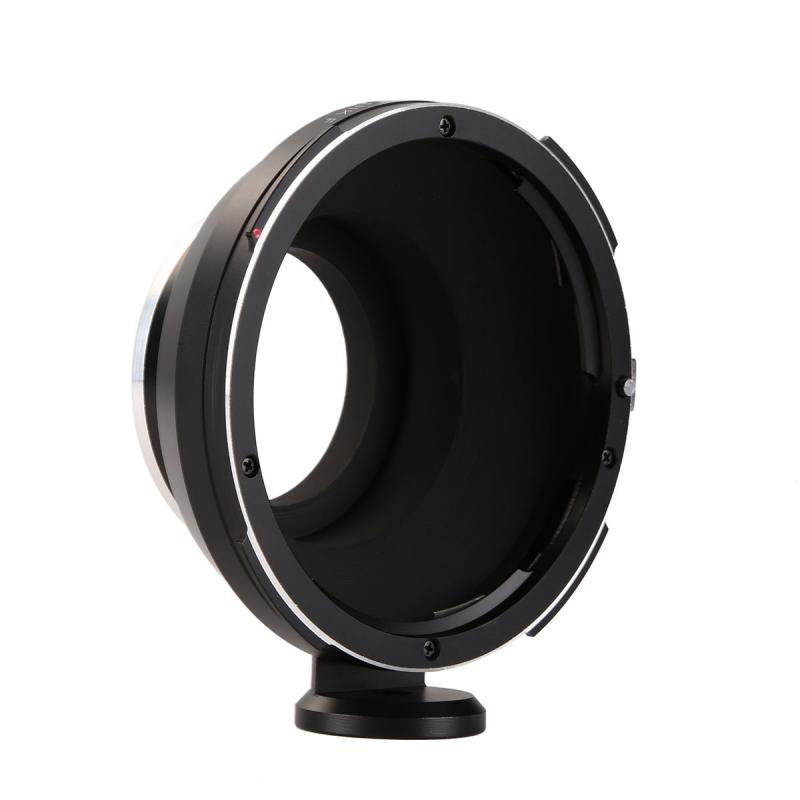
2、 Tripod Stability and Balance
A tripod is a three-legged device used to provide stability and balance for cameras, telescopes, and other equipment. It consists of three legs that can be extended or retracted to adjust the height, and a central column that connects the legs and supports the equipment.
The primary function of a tripod is to prevent camera shake or movement, which can result in blurry or distorted images. By securely holding the camera in place, the tripod allows for longer exposure times, which is particularly useful in low-light conditions or when capturing motion. It also enables photographers to take self-portraits or be part of a group photo by setting a timer or using a remote shutter release.
The stability of a tripod is achieved through its design and construction. The legs are typically made of lightweight yet sturdy materials such as aluminum or carbon fiber. They are adjustable and can be locked into position at different angles to accommodate uneven terrain. The rubber or spiked feet at the bottom of the legs provide traction and prevent slipping.
Balance is another crucial aspect of tripod functionality. The central column can be raised or lowered to achieve the desired height, and it often includes a leveling bubble to ensure the camera is perfectly horizontal. Some tripods also have a center hook where additional weight can be hung to increase stability, especially in windy conditions.
In recent years, there have been advancements in tripod technology. Manufacturers have introduced innovative features such as quick-release plates, which allow for easy attachment and detachment of the camera. Additionally, some tripods now come with built-in ball heads or fluid heads, providing smoother panning and tilting movements.
Overall, a tripod is an essential tool for photographers and videographers seeking stability and balance in their work. It not only improves image quality but also expands creative possibilities by enabling long exposures, panoramic shots, and steady video footage.
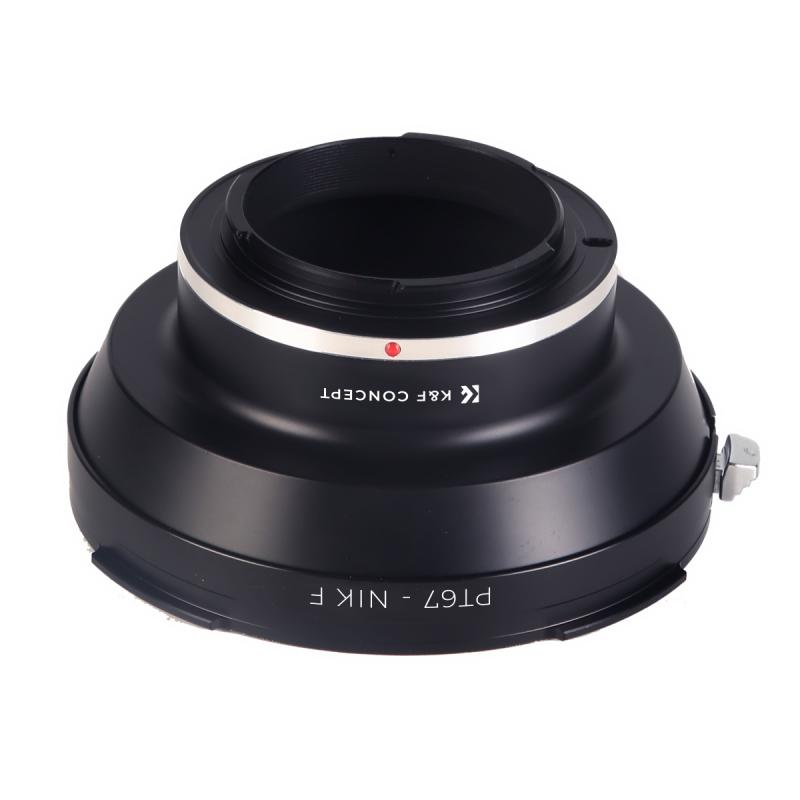
3、 Adjusting Height and Angle on a Tripod
Adjusting Height and Angle on a Tripod
A tripod is a three-legged stand used to support and stabilize cameras, binoculars, telescopes, or other equipment. It is an essential tool for photographers and videographers as it allows them to capture steady and sharp images or videos. Understanding how to adjust the height and angle on a tripod is crucial for achieving the desired composition and stability.
To adjust the height of a tripod, most models feature telescopic legs that can be extended or retracted. The legs are usually secured with flip locks or twist locks, which can be loosened to adjust the height and then tightened to lock the legs in place. Some tripods also have a center column that can be raised or lowered to further adjust the height. This allows photographers to shoot from different perspectives and angles.
When it comes to adjusting the angle on a tripod, there are typically two main components involved: the tripod head and the tripod legs. The tripod head is the part that attaches to the camera or equipment and allows for smooth panning and tilting movements. It usually has knobs or levers that can be loosened to adjust the angle and then tightened to lock it in place. The tripod legs, on the other hand, can often be independently adjusted to different angles, allowing for greater stability on uneven terrain.
In recent years, there have been advancements in tripod technology. Some tripods now come with built-in leveling systems, which make it easier to adjust the angle and ensure that the camera is perfectly level. Additionally, there are tripods with innovative features like ball heads, which provide smoother and more precise adjustments, and carbon fiber legs, which offer a lightweight yet sturdy construction.
Overall, understanding how to adjust the height and angle on a tripod is essential for photographers and videographers to capture stable and well-composed shots. With the latest advancements in tripod technology, achieving the desired composition and stability has become even more accessible and convenient.
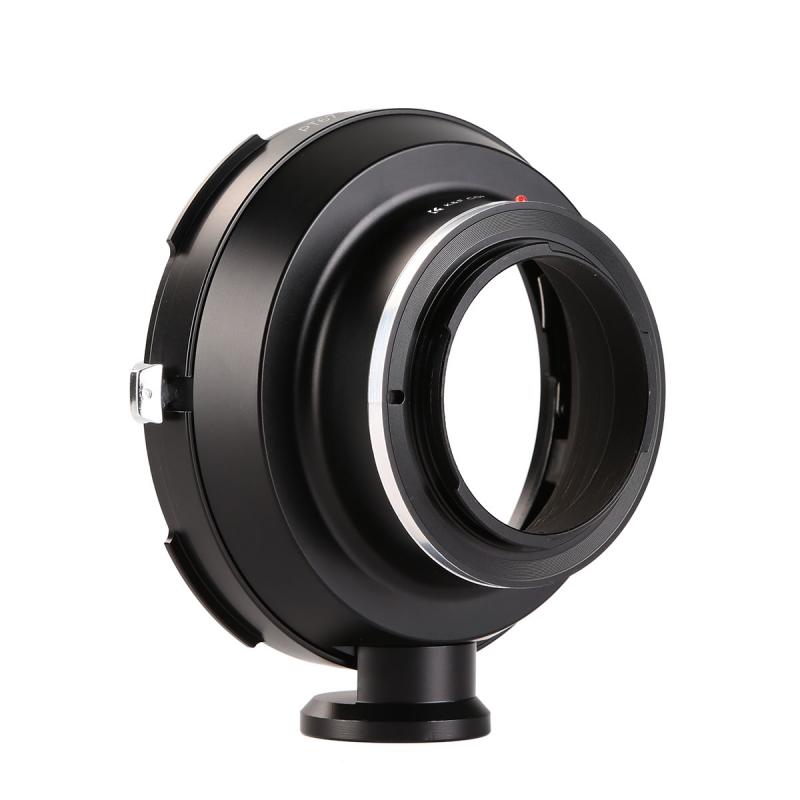
4、 Types of Tripod Heads and Mounts
Types of Tripod Heads and Mounts
A tripod is an essential tool for photographers and videographers to stabilize their cameras and capture steady shots. However, the effectiveness of a tripod greatly depends on the type of tripod head and mount used. Here, we will explore the different types of tripod heads and mounts commonly used in the industry.
1. Ball Head: This is the most popular type of tripod head, offering a versatile range of motion. It consists of a ball and socket joint that allows for smooth and quick adjustments in any direction. Ball heads are easy to use and provide excellent stability, making them suitable for various photography genres.
2. Pan and Tilt Head: This type of tripod head offers separate controls for panning (horizontal movement) and tilting (vertical movement). It provides precise control over camera positioning, making it ideal for landscape and architectural photography.
3. Gimbal Head: Primarily used for wildlife and sports photography, a gimbal head allows for smooth and fluid movement of heavy telephoto lenses. It provides excellent stability and balance, enabling photographers to track fast-moving subjects with ease.
4. Fluid Head: Commonly used in video production, a fluid head tripod offers smooth and controlled movements for panning and tilting. It utilizes a hydraulic system to dampen any jerky motions, resulting in professional-looking video footage.
5. Quick Release Plate: This is not a tripod head itself, but an essential accessory that allows for quick and secure attachment and detachment of the camera to the tripod head. It saves time and ensures stability when switching between handheld and tripod shooting.
In recent years, there have been advancements in tripod head technology, such as the introduction of electronic heads that can be controlled remotely via smartphone apps. These innovations provide photographers and videographers with even more flexibility and convenience in capturing their desired shots.
In conclusion, understanding the different types of tripod heads and mounts is crucial for photographers and videographers to choose the right equipment for their specific needs. Whether it's a ball head for versatility or a fluid head for smooth video footage, the tripod head plays a vital role in achieving stable and professional results.
